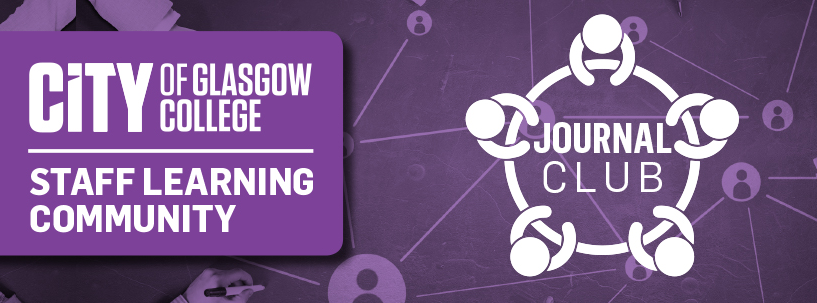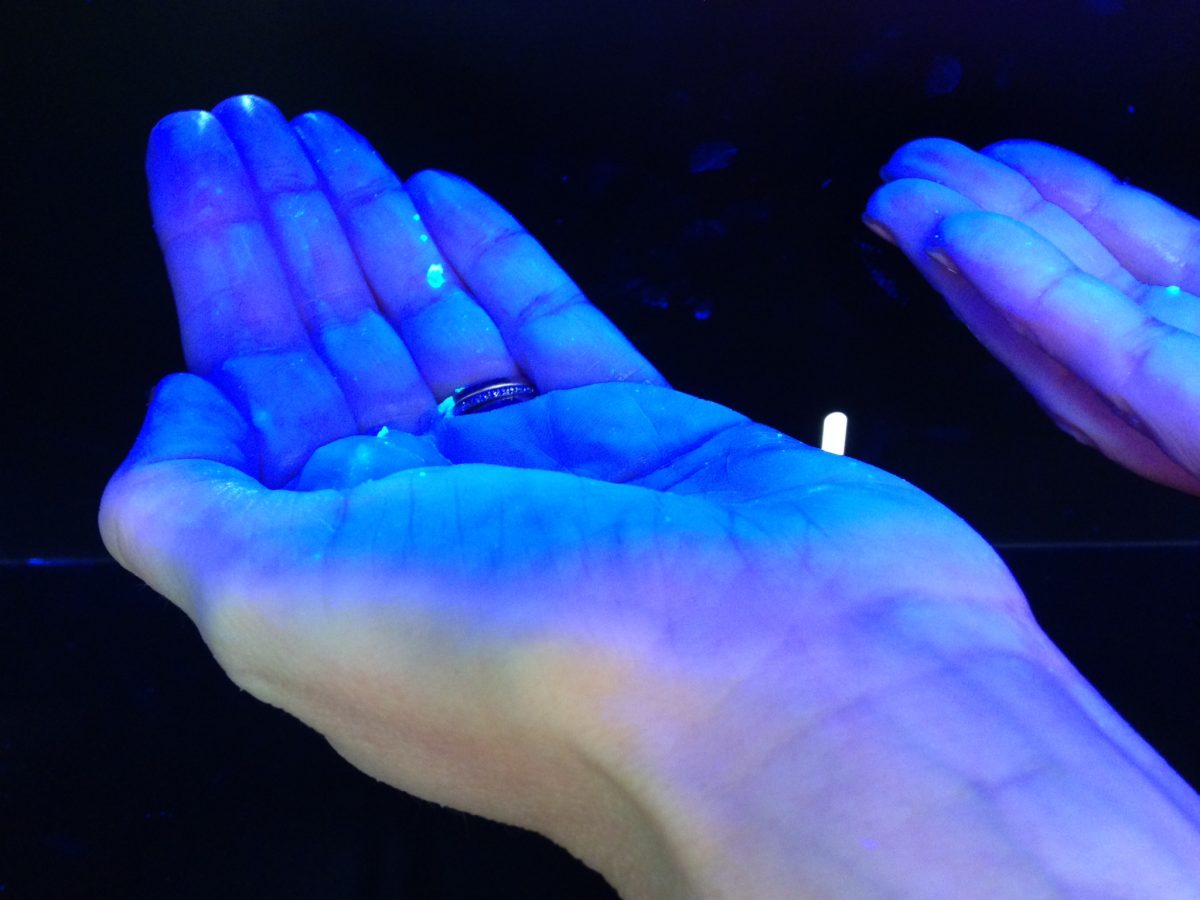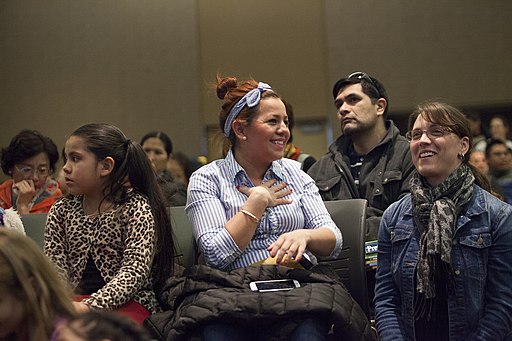Blog Authors: Tracey Howe
Our College is considering running a webinar on how to use Kahoot! a game-based student response system (GSRS) where the classroom is temporarily transformed into a game show where the teacher is the game show host, and the students are the contenders. We were pleased to find this paper published in 2020 ‘The effect of using Kahoot! for learning – A literature review’ the objective of which was to investigate studies on the effects of using Kahoot! for learning. Specifically,
how Kahoot! affects learning performance, classroom dynamics, student anxiety, and the perceptions of students and teachers.
Here’s what they did
The purpose was of this study was to investigate the effect of using Kahoot! in learning from the point of view of a researcher in the context of students and teachers in education. They used the Goal, Question, Metrics (GQM) approach. They searched 5 electronic databases using the search string was “Kahoot”.
They included 93 studies. Appraisal of studies for inclusion was carried out independently by 2 authors and was on relevance (only articles classified as an experiment, survey case study or similar with focus on Kahoot!), rigor (appropriate research approach described including research context, number of subjects, scope, design, methods, and execution), and credibility (conclusions based on sound analysis and reasoning). Studies were classified according to their type and by nine attributes and a narrative review was reported.
Here’s what they found
- Effect on learning positive compared to traditional learning and other learning tools and approaches and for various contexts and domains
- Classroom dynamics – improved teacher-student interaction and student-student interaction, more favourable to actively participate in class, improved classroom atmosphere, and easier to answer questions in class.
- Student anxiety was reduced related to asking questions, reduce stress and tension, encourages participation without being judged, add humour to class, and enables shy students to get involved.
- Students have a very positive perception including a positive effect on motivation, engagement, concentration, perceived learning, attention, enjoyment, satisfaction, and confidence. Main challenges – technical challenges, hard to read questions and answers on a projected screen, time pressure, afraid of losing, and hard to catch up if an incorrect answer had been given.
- Teachers were positive about using Kahoot! for teaching. Positive – higher motivation of teachers, ease of use, a motivating tool, support teachers’ instructive work in class, can assess students’ knowledge in real-time, increases student motivation, stimulate students to speak their point of view in class, can wake up students, increase class participation, and reduce teacher’s workload. Main challenges – technical issues and challenges, get the questions and answers right and scoring based on timing.
The author/s concluded
Kahoot! has a positive effect on learning, but there are challenges and room for improvement.
 Our Journal Club’s views
Our Journal Club’s views
Who are the authors of the paper and where do they work? Both authors were based in the Dept. of Computer Science, Norwegian University of Science and Technology. It appears that one of the authors was funded by Fulbright Scholarship to visit Institute for Software Research (ISR) at University of California, Irvine where the work took place.
What do we know about the journal? Computers & Education is an international peer reviewed journal that aims to increase knowledge and understanding of ways in which digital technology can enhance education, through the publication of high-quality research, which extends theory and practice. Impact Factor: 5.627
What about the methodology used?
They authors only considered papers in English and those available through their institutional subscription. Appraisal of studies did not include quality assessment, the synthesis was narrative, and the analysis was thematic. The authors stated that they biased selection of articles in that only positive studies were accepted! 97% present mainly positive results related to Kahoot! and 8% include challenges and problems. The results from all the accepted studies were summarized according to the five research questions and the kind of results reported.
Our conclusions are – that this evidence has a high risk of bias.
 Implications for our practice
Implications for our practice
Many of our staff use Kahoot! Workshops to introducing using it within VLE. Way to replace expensive clicker system. Introduced in interactive way in classroom but now we find ourselves in distance learning. Kahoot is just one of many tools that staff can use to bring interactivity into their teaching. There are a range of tools that staff can deploy.
These tools feature in teachmeets and should feature in future learning and teaching conference.
 Next steps
Next steps
- Introductory workshops and how to guides [REF]
- This paper will be used as background material
- Experiment with STEM girls lightening zoom meets. Enable development of Kahoot by group
 View from
View from
 What do you think?
What do you think?
Kahoot is excellent but like many innovations need to be adopted in a planned way. Students will experience Kahoot fatigue if it appears in every learning episode.
References
- Alf Inge Wang , Rabail Tahir. The effect of using Kahoot! for learning – A literature review Computers & Education Volume 149, May 2020.
![]() Keywords: Kahoot!, teaching, learning, classroom dynamics, student anxiety, review
Keywords: Kahoot!, teaching, learning, classroom dynamics, student anxiety, review
Our Blog Posts are written by staff at City of Glasgow College to inform and inspire our practice. We meet together at the Journal Club to consider the latest evidence to provide insights on hot topics related to learning and teaching, quality assurance and subject needs. It forms part of our activity for General Teaching Council Scotland registration and Professional Standards for lecturers in Scotland’s Colleges demonstrating that we are a self-critical staff community.






 Our Journal Club’s views
Our Journal Club’s views

